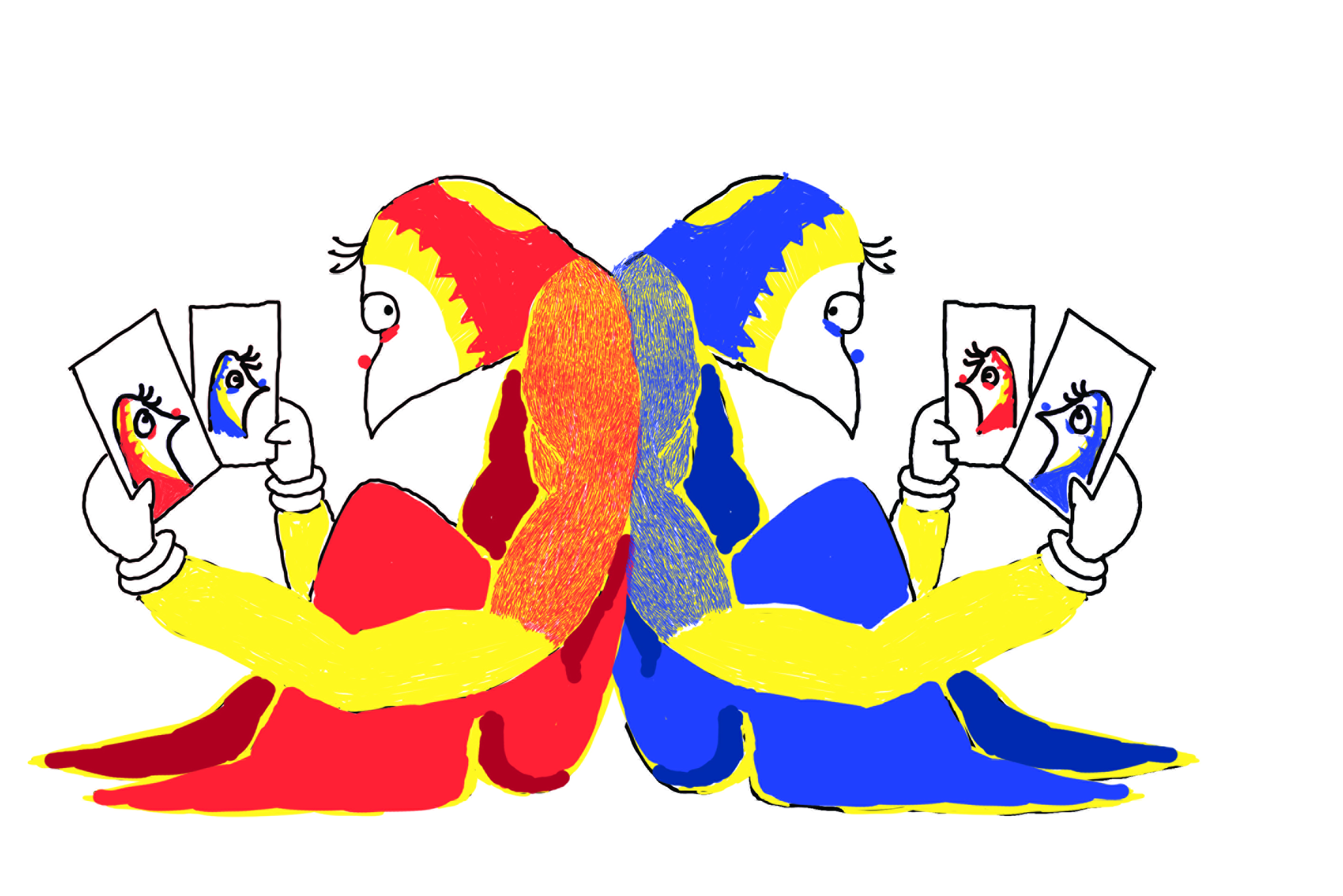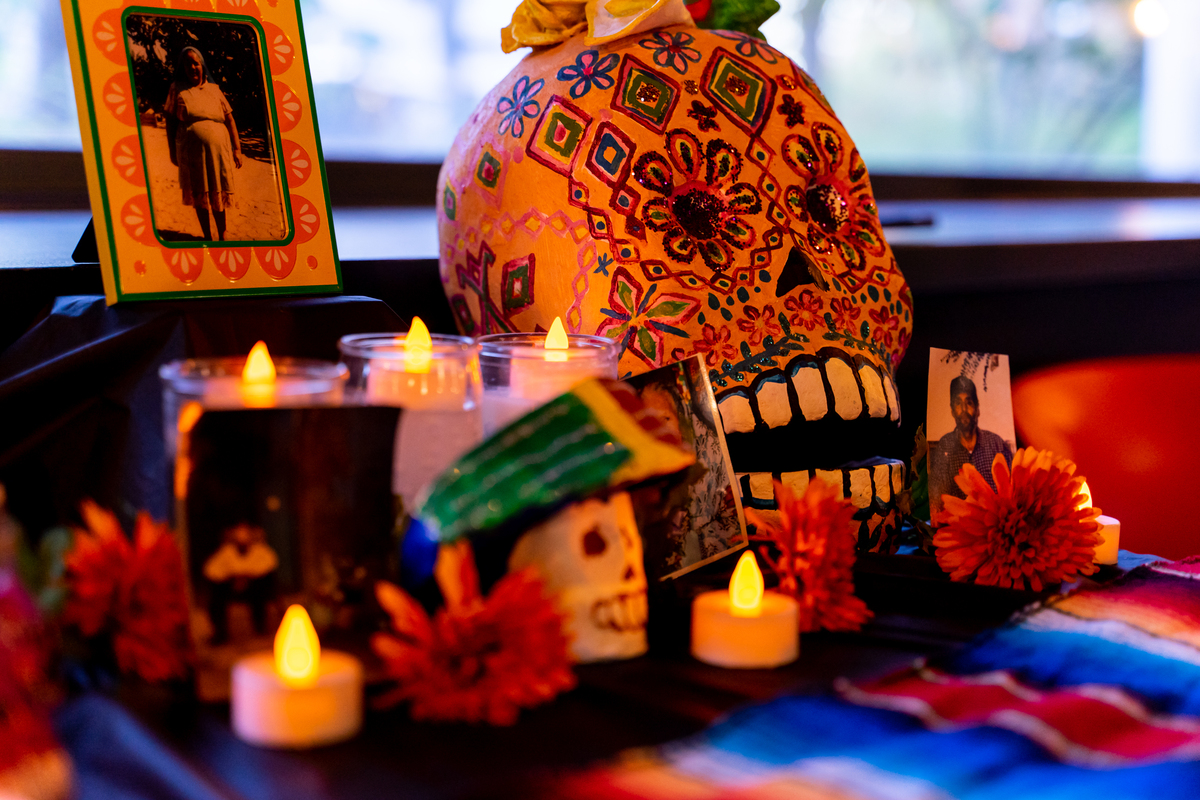Right now in Portland, protesting has become a way of life. The need to be heard and to really speak your mind has become a reality for many Portland State students, regardless of identity. Most of us are focused on the most obvious issue at hand—the recent presidential election that has divided and confused so many of us. But for many Portlanders who are here from abroad, remaking lives in a country other than their motherland, today marked an unforgettable moment in history.
March 10, 2017 is a day of remembrance, civil rights, and a struggle against injustice for the people born in Tibet. And if you were heading to class on that day around noon, you may have encountered more than 100 people marching in protest for this cause.
They chanted as a group, “China! China! China! Out! Out! Out!” and “Tibet is suffering! The world is watching!”
On March 10, 1959, China forcibly occupied Tibet. Ever since then, this day has been a day of remembrance, but native Tibetans do not have the right to express their pain and suffering. Every year Tibetans attempt to protest this occupation and have suffered many deaths. Even peaceful protests have been met with violence and horrendous backlash.
One protester added, “In 2008, for example, 40 protesters were killed.”
The peaceful walk began at city hall, marched south and turned around at PSU, then passed Pioneer Square and circled back around to City Hall again. Individuals and families alike marched for this cause to commemorate the 58th anniversary of their homeland invasion by the Chinese. They carried the Tibetan flag, and leading the front of the march they flew both their native Tibet flag and the United States flag. They were insinuating their call upon the U.S. and the United Nations to become involved in their struggle for freedom.
Many of us have heard the phrase, “Free Tibet!” in our lifetimes, not really understanding what is meant by it. These protesters marched to remind the unaware of China’s occupation of Tibet. What this means for the people of Tibet is extreme discrimination and lack of rights.
Artist, musician and protester Tam Ding says that he has based his art and his music on the struggle that Tibetans face in their country. He creates art pieces that carry this prevalent and unique message: unity for Tibet. Carrying a beautiful painting with a symbol of this message portrayed, Tam represents the aspired freedom of the Tibetan people.
The 10th of March represents the uprising of the people of Tibet, and many of those voices are coming from those who are now living in the United States. They argue that the Tibetan people are suffering in their homeland. Many are blocked from being able to learn their own native language and culture, and they have been severely punished for speaking out against this injustice by the Republic of China.
In 2008, more than 40 monks and nuns were arrested and taken as political prisoners for peacefully protesting this cause, which caused an uproar throughout the country. They have been silenced and are calling upon Portlanders, Oregonians, Americans, and the entire world to pay attention to their nearly 60-year plight.
Their message is clear, as Lobsang Dhondup states, that they are trying to reach out to us to help them in their cause, urging Portlanders, “Please support our cause. It’s a just cause.”
Tibetans are fighting for the opportunity to have a voice and exercise the basic civil rights that many of us take for granted. A little social action on the part of Portland can make a difference even on the other side of the globe.
Dhondup ended his statement by saying, “With the support we were able to get from people around the world, we were able to free many political prisoners, so please support us.” This commemorative peaceful protest asks for our support, which could mean the difference between the continued degradation and civil justice for Tibetans.






